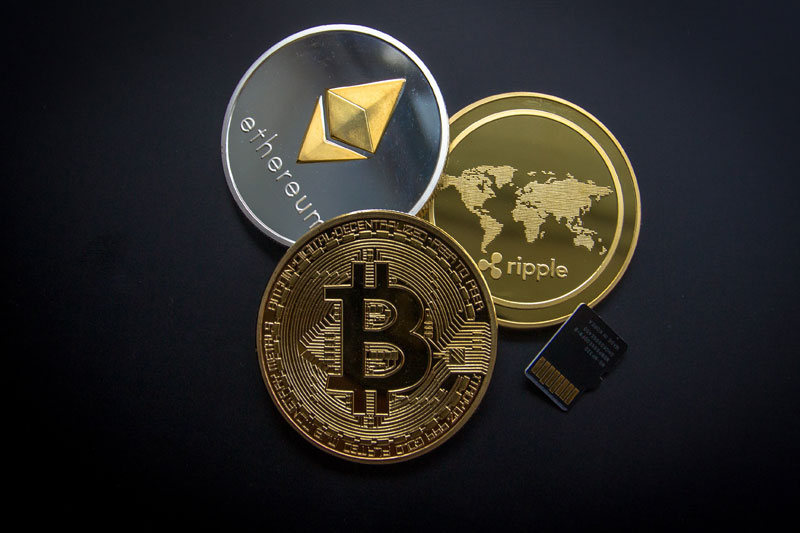How bad is ‘greedflation,’ really? The price hikes may be impossible to bring down, central banker says
First, there was the “greedflation,” then there was the hangover as companies refused to admit they had raised prices too far. That’s the story coming into view for the world’s central bankers: Nearly four years after the onset of pandemic-induced supply chain snarls, price hikes that exploded during the peak of the crisis have yet to come down to the Fed’s 2% target. With a plethora of studies demonstrating that corporate profits were excessive in the pandemic, policymakers are now worried about whether anything can slow the “greedflation” that’s run up costs of food and household goods.
Thomas Barkin, the president of the Federal Reserve Bank of Richmond, is concerned that, after decades in which makers of consumer staples were afraid to raise prices, those companies now have the upper hand, he told the Financial Times.
“Big box retailers are pushing back on manufacturers to try to encourage them to begin to do more discounting. But their bargaining power is less than pre-Covid,” Barkin told the venerable “pink pages” of London, adding, “It’s going to take a while for them to negotiate price increases out of the system.”
Cost savings aren’t trickling down to shoppers
The proof is there in another inflation index, the Producer Price Index, or wholesale inflation, which has been falling below the retail pricing shown in the Consumer Price Index — meaning that cost savings aren’t being passed on to consumers.
The pandemic has made companies more willing to experiment with price increases, researchers at the Pricing Lab at Harvard Business School told the New York Times. Pre-pandemic, it was standard for companies to increase prices once a year, but now multiple price changes in one year are common, the outlet reported, noting that profit-hunting executives “are effectively running tests to see what prices consumers will bear before they stop buying.” A December survey from the Richmond Fed and Duke University found that 60% of company leaders are planning on price increases beyond pre-pandemic norms this year.
That matters because the rate of inflation will determine how quickly the Federal Reserve cuts its benchmark interest rate, which is currently at a 22-year high. Corporate price increases are a substantial driver of inflation—accounting for more than half of the consumer inflation in the past year, according to multiple studies.
If corporations continue to hike prices to maintain the outsized profit margins they’ve gotten used to, it would substantially slow inflation’s return to its 2% target. On the other hand, if corporate profit margins shrink, companies will be incentivized to cut costs in other ways, including by laying off workers, economists told the Louisville Courier-Journal.
Nationwide Chief Economist Kathy Bostjancic warned about this possibility in her 2024 economic outlook, writing, “as we cheer the cooling in inflation, it means that companies are losing the strong pricing power acquired during the period of high inflation, which boosted profit margins and profits.”
If companies slow their price hikes but “do not receive an offsetting rise in the volume of sales, then revenue growth will slow, squeezing margins. This in turn will lead companies to cut expenses — notably labor costs,” she wrote.
There is one way to get prices lower, and it’s a punitive approach some European supermarkets are taking: Refusing to carry products that they deem too expensive. The chain Carrefour has led this retailer boycott, dropping PepsiCo products from shelves in France, Spain, Italy, Belgium, and Poland. But France is an international outlier in this respect, empowering its grocery giants to take on Big Snack Food. U.S. retailers have not taken similar steps to date.
Source link



